Delivery at the Final Partner School
June 24th, 2021My final partner school was a bit of a change of scene, moving out of the “shire” and more towards inner city Leicester which led to some interesting reflections. By this point I feel that the set up and layout of the dome and outdoor classroom space is spot on. After my first two residencies I made the decision to spend some of my contingency budget on a market stall style gazebo, which proved to be very useful in some particularly awful spells of wet weather that we experienced on the Friday of my week at the school!
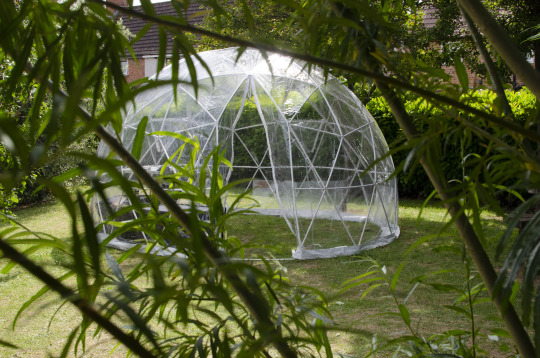
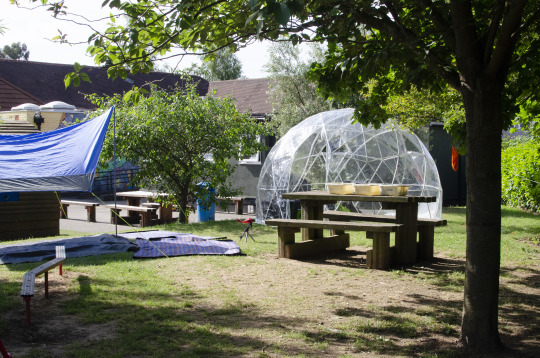
I found the students I worked with at this school particularly enthusiastic and hands on within the workshops, discussions with the head teacher revealed that as a school they don’t have many opportunities like this come their way and due to the area in which the school is situated a lot of the pupils wouldn’t get opportunities like this outside of school either. He said that they are always very appreciative of anything “outside of the norm” as this lack of experience is felt quite keenly. Aside from another set of brilliant pieces of work made by each of the groups I worked with I had one very significant outcome from one of the sessions.
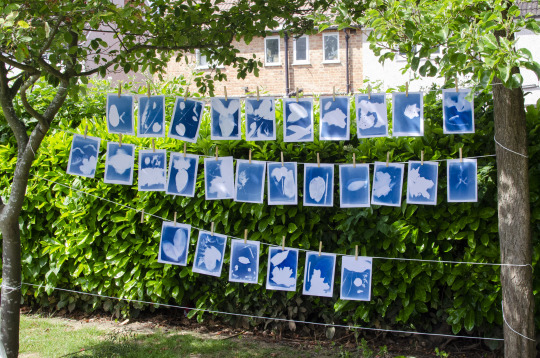
Up to this point I’ve tailored all of the sessions to suit the differing ages I’ve worked with, choosing to focus on the historical and contextual aspects of the process (and the process as a whole) with the older groups, whilst considering the process an artist goes through to create work through storytelling with the younger groups. For the storytelling aspect of the sessions I’ve been reading the groups a book from my childhood.
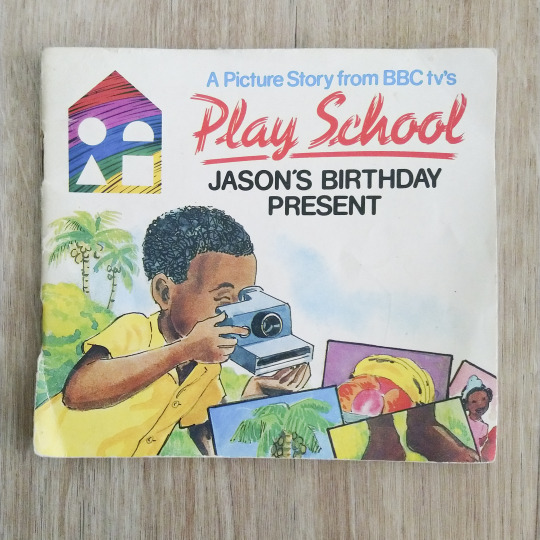
‘Jason’s Birthday Present’ is one of my earliest childhood memories of someone using a camera (besides my dad) and is a wonderful tale of trial and error featuring Jason, a boy who lives in the West Indies, who receives an instant camera for his birthday and who works hard to practice the art of taking photographs. I like the message that the book presents, that not giving up and practice is important if we want to get good results. This is how I link the message in the book to art practice, especially the Cyanotype method as at first it’s very much about trial and error. It’s also a good link into talking to the groups about the images that they make with me, in that it’s ok if they don’t turn out the way they might have planned as art practice is just as much about the journey as it is about the finished piece.
When I planned these workshops way back near the beginning of the project I wanted to make sure that I chose relevant examples of key figures that developed and used the Cyanotype process. I wanted to make sure that I made the point that photography was a largely male pursuit following it’s invention. So whilst I had to talk about Sir John Hershel as he developed the Cyanotype process I made sure to show examples of Anna Atkins work too, to ensure that the groups realised that there were some women making photographic work (and also conducting valuable scientific studies!). Other than this I have to admit I’d not thought too much more about representation, only really to think that I needed a more contemporary example of an artist using Cyanotypes in their practice to show the groups.
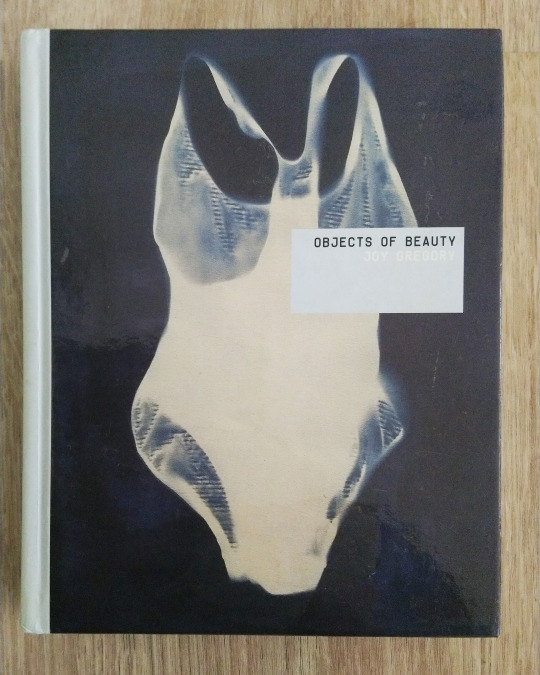
I have long been an admirer of the work of Joy Gregory and took her book ‘Objects of Beauty’ with me on workshops to show examples of her work to the participants. It was during a session with a group at Folville school that the notion of representation in art really hit home. I showed a group Joy’s cyanotype work but also showed them some of her other photographic projects contained in the book, particularly the ‘Autoportrait’ series. One boy in the group remarked “wait, her skin is the same shade as mine!” and then proceeded to grin throughout the rest of the workshop. It made me realise that it’s all well and good me sitting with groups of children, thinking that I’m inspiring them, talking to them about how wonderful a career as an artist and as a photographer can be, but if I’m the touch point for that idea and the person doesn’t feel that their life and experiences are reflected in what I’m presenting to them will they ever feel truly inspired? Will they ever feel that art is for them?

I often think back to my early days trying to find my way in to photography and feeling that I’d not really truly found artists that “spoke” to me and my upbringing. At university I struggled a lot with “imposter syndrome”, not really feeling like I deserved to be there because I was just some working class lad from an ex-industrial town, what did I know about art? especially next to a large percentage of my peers who were from more affluent backgrounds. I distinctly remember my first year tutor Stephen showing us the work of Chris Killip and whilst it didn’t make me want to make work like him, it changed something within making me realise that art is for everyone. It made me realise that there were people who came from towns like mine who carried on regardless because art gave them a way to make sense of the world around them. I need to remember that experience, how it felt and hold on to the thought that the experiences and cultural upbringings of others are different to my own and they too need as many examples as I can find of artists that can potentially speak to them.
